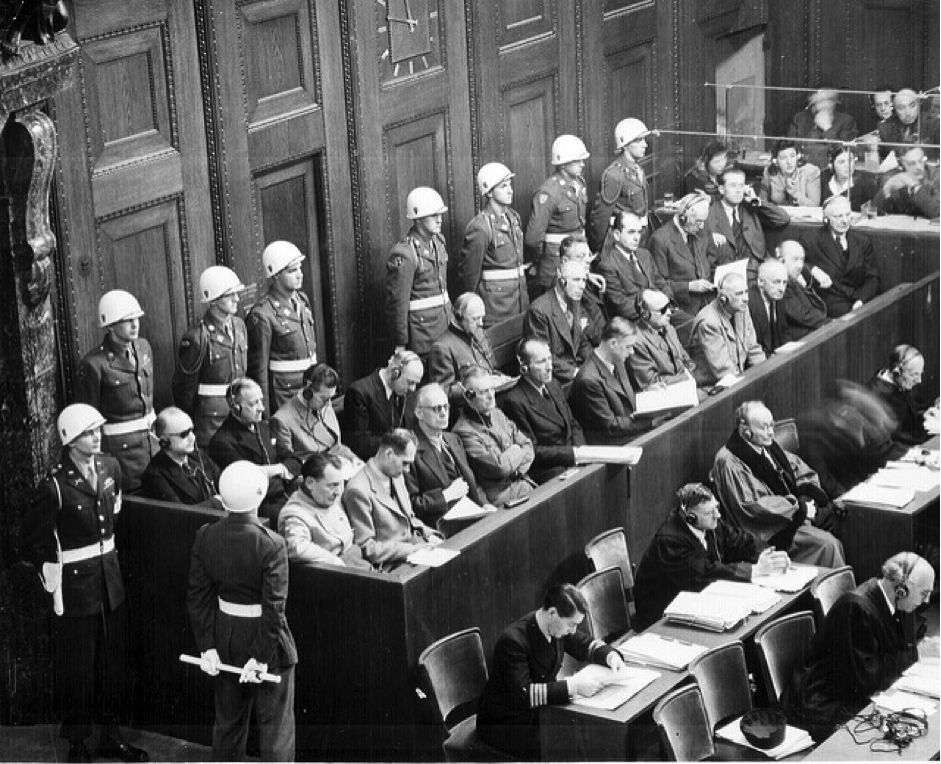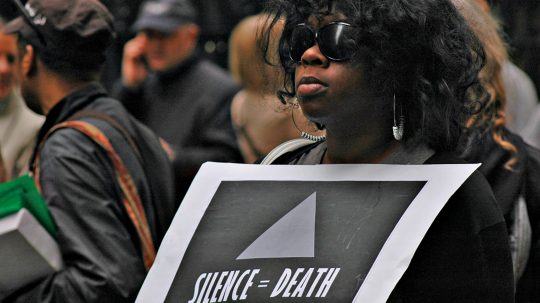This week is the 70th anniversary of the end of the Nuremberg trials. The trials led to the conviction of the people most responsible for the crimes committed in the Holocaust.
This Friday we will be releasing a short film about one of the key players, David Maxwell Fyfe, who also went on to be instrument in drafting the European Convention on Human Rights. In the meantime, what was the ‘greatest trial in history’ and how did it happen?
What Were The Nuremberg Trials?
The Nuremberg trials were a series of international military tribunals in the German city of Nuremberg. Senior Nazis were tried for the crimes committed in World War II. There was initially doubt about whether trials would be conducted at all. Churchill wanted summary executions, Russia wanted a ‘show trial’, but the United States’ desire for a fair trial prevailed.
The First Trial

The first and best-known trial was of the major war criminals, held between 20 November 1945 and 1 October 1946. The charges were crimes against peace, war crimes and crimes against humanity. Genocide wasn’t a separate crime, but was included as a war crime. Twenty-four defendants and seven organisations were prosecuted, including the Nazi party secretary, the commander of the German air force, Hitler’s deputy and the publisher of an anti-Semitic newspaper.
There were four judges, one each from Britain, Russia, France and the United States, rather than a jury. The British judge was Lord Geoffrey Lawrence. Sir Hartley Shawcross and David Maxwell Fyfe prosecuted for Britain. Maxwell Fyfe ended up taking on most of the day-to-day responsibilities, except for the opening and closing speeches.
The judges considered 100,000 documents and heard 94 witnesses. They ultimately found 19 defendants guilty of at least one charge and declared three organisations to be criminal. The sentences ranged from ten years’ imprisonment to death by hanging, and were imposed on 12 defendants. Although it was rumoured that the bodies were burned in an oven at Dachau, the defendants were actually hanged in accordance with their sentences with their ashes emptied into River Isar.
The trial led to the seven Nuremberg Principles, which list the legal principles that were recognised by the Charter for the International Military Tribunal and its judgments. The principles include individual responsibility, that Heads of State or Government can be held liable under international law, orders by a superior is no defence and the list of crimes punishable under international law. These principles were adopted by the United Nations General Assembly and are today widely considered to represent customary international law (that is, laws that have developed through custom rather than by formal agreement or legislation).
The Other Trials

There were 12 more trials, including the judge’s trial, which held judges and lawyers responsible for implementing and advancing the Nazi “racial purity” program through the laws and abusing the judicial process. Also prosecuted were the Nazi death squad and the directors of the company that made Zylon B, the chemical used in the gas chambers.
Another was the doctor’s trial, which charged 23 doctors with the war crimes of human experimentation, mass murder under the guise of euthanasia and sterilisations. That tribunal identified ten principles, which now form the basic text of modern medical ethics known as the Nuremberg Code. This was developed into UN General Assembly Declarations, most recently in 2013. Although not legally binding, the declaration has moral force for physicians.
What is often forgotten is that, during the first Nuremberg trial, there were also similar trials being held in Tokyo.
Why the Nuremberg Trials Still Matter Today

The Nuremberg trials were effectively the start of international criminal law, an area which is still in the early stages of its development. It means that individuals and organisations are held accountable for some of the worst crimes imaginable.
Not much happened in the field of international criminal law during the Cold War, save Israel’s prosecution of Adolf Eichmann. But things changed after the return of concentration camps to Europe in the Former Yugoslavia. In 1993, the International Criminal Tribunal for the Former Yugoslavia was formed to respond to mass atrocities then taking place. Following the 1994 genocide in Rwanda, the International Criminal Tribunal for Rwanda was established.
When the UN adopted the Genocide Convention on 9 December 1948, it also invited the International Law Commission to study the possibility of establishing a court to try persons charged with genocide or other international crimes.
That didn’t happen until 17 July 1998, when the Rome Statute created the International Criminal Court. This oversees cases involving the ‘most serious crimes of international concern’. The Nuremberg trials were the first step and there’s still a long way to go.
This Friday is the 70th anniversary of the end of the Trials. To mark the occasion, we will be releasing a lovely short film about David Maxwell Fyfe, Britain’s Deputy Chief Prosecutor, who went on to be instrumental in drafting the European Convention on Human Rights.







